The Tam Giang Lagoon, about 11km north of Hue, erstwhile capital of Vietnam, is among Southeast Asia’s largest fresh water bodies.
The lagoon, which borders four districts in Thua-Thien Hue Province, Phong Dien, Quang Dien, Huong Tra and Phu Vang, is about 24km long and covers a 5,200ha area. Its waters are 2-7 metres deep.
The lagoon’s rich and diverse ecosystem plays an important role in conserving the country’s biodiversity.
The vast fishing ground is a source of livelihood for about a million people who catch tonnes of fish and other seafood every year.
It also serves as a shield, protecting the region from salt intrusion and floods; and provides refuge to fishing boats during violent storms.
Tam Giang means “three rivers” in Vietnamese. It is a place where the region’s three large rivers –Huong, Bo and O Lau River – meet before they go out to sea.
There are also dozens of smaller rivers that carry water to the lagoon.
Today, Tam Giang’s pristine waters and well-preserved cultural heritage of local fishing communities make it a must-visit ecotourism destination in the central region.
|
A fisherman works on a farm in Quang Dien District.
A fishing village in Thuy Tu, Phu Vang District.
Tam Giang Lagoon is home to hundreds of local fisherman families, whose livelihood is made on the its water.  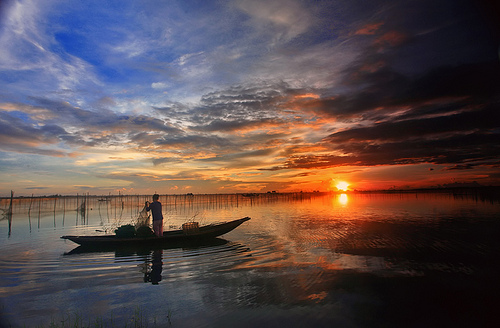 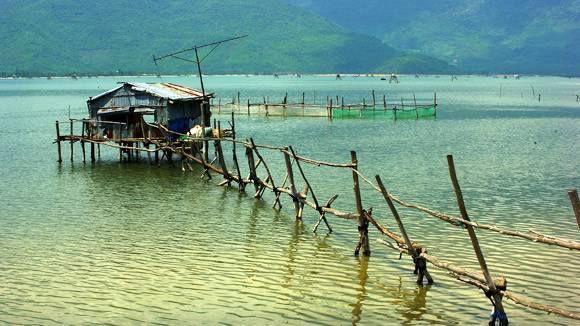 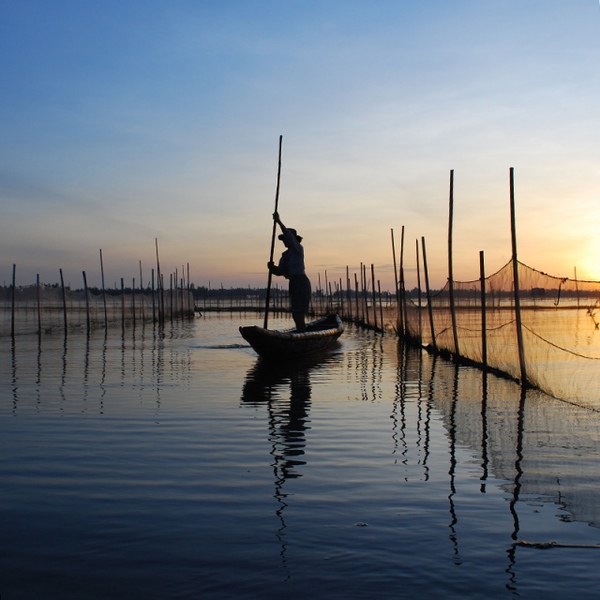  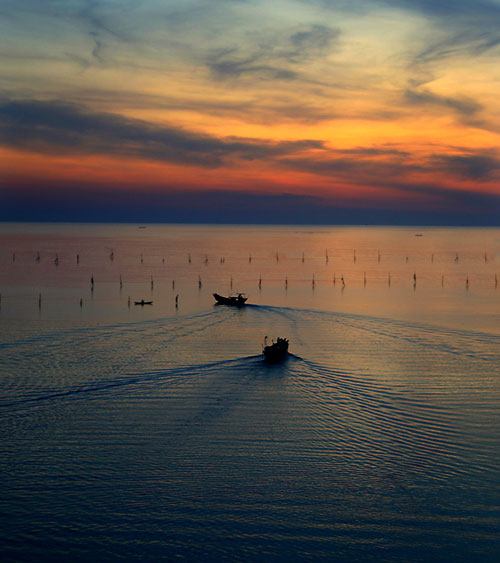  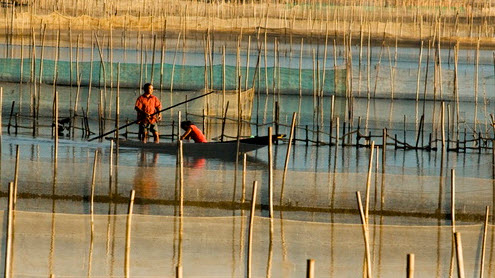 |
VNS/Chudu


